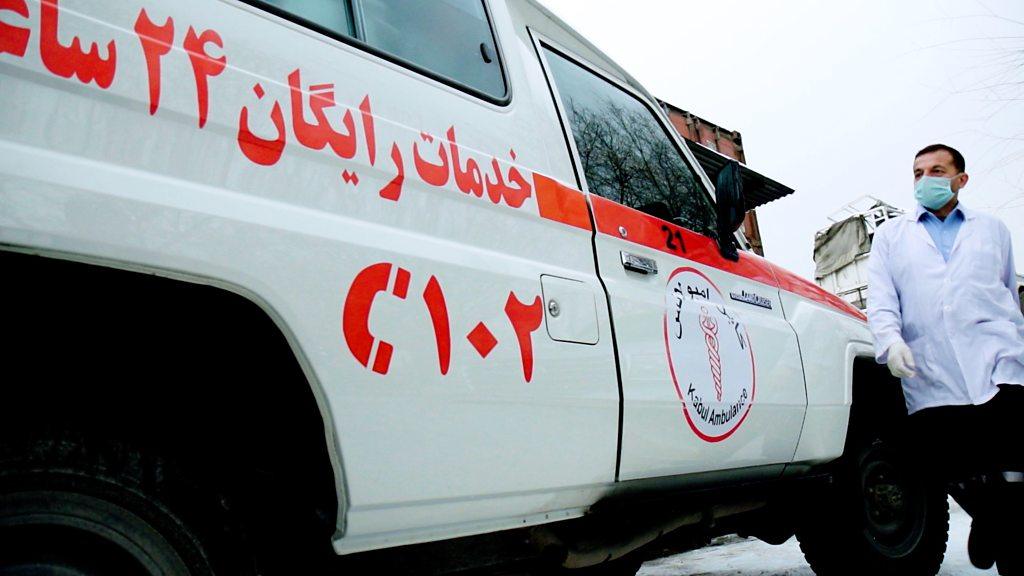Afghanistan, home to the heroin trade, moves into meth
- Published
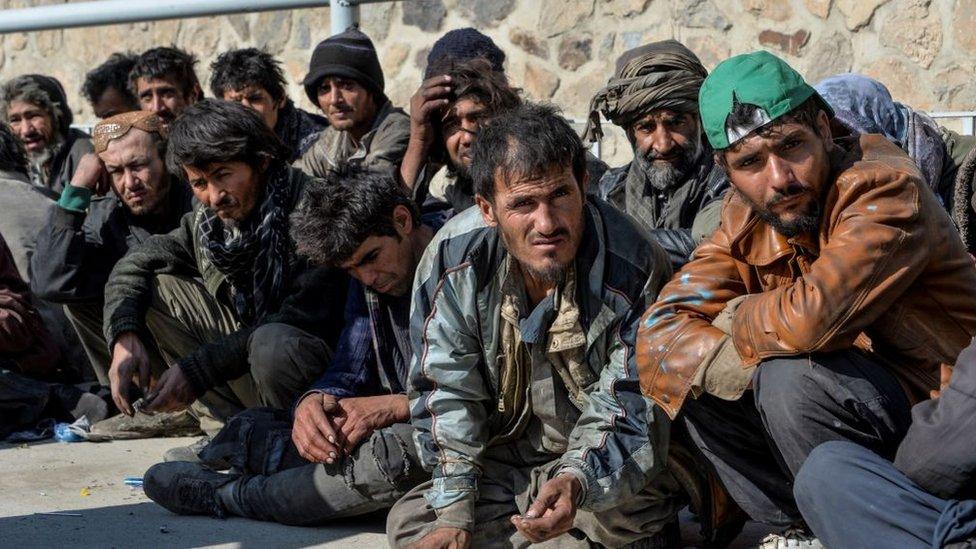
A rehabilitation centre in Kabul is treating Afghans addicted to meth
Underneath a busy bridge in Kabul, among piles of discarded rubbish and a stream of filthy water, lives a drug-ravaged community of homeless men.
"It's no place for a human being," said Khudadad, who is 48. "It's not even fit for a dog."
Khudadad has been addicted to both heroin and methamphetamine - known as crystal meth - for the past five years. Heroin has long been a problem in Kabul but now many are turning to meth, a cheaper but equally dangerous drug.
"When I first started, meth wasn't very common," Khudadad said. "But over the past few years more and more people have begun taking it."
A new report released on Tuesday warns that Afghanistan is becoming a significant global producer of methamphetamine. The country's opium poppy fields are already the source of the majority of the world's heroin, and now this report, by the European Monitoring Centre for Drugs and Drug Addiction, external (EMCDDA), warns that crystal meth could eventually become just as big an industry.
The boom is the result of a discovery by drug traffickers that a plant commonly found growing wild in parts of Afghanistan, ephedra, can be used to create the key component of meth: ephedrine.
"The realisation that you could produce methamphetamine from a wild crop in the mountains has been a fundamental gamechanger," said Dr David Mansfield, an expert on Afghanistan's drug industry and lead author of the report.
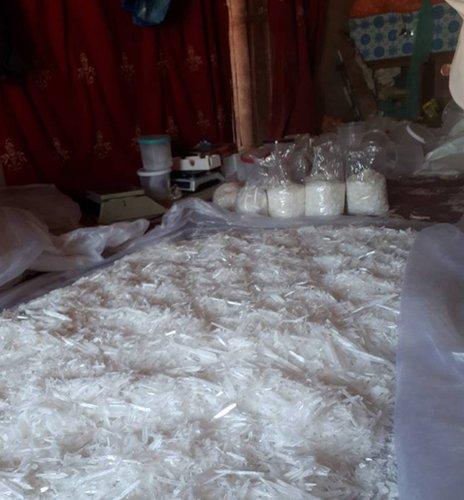
Drug labs in Afghanistan are now producing meth from a plant commonly found in the wild

Dr Mansfield said drug traffickers previously used to extract ephedrine from more expensive imported medicines, but were now able to use this far cheaper alternative and some "simple chemistry".
The ephedra plant has been used to create crystal meth in other parts of the globe too, but not on the scale that has been discovered in Afghanistan. Using satellite images, as well as interviews with Afghan drug producers, Dr Mansfield and a team of researchers have mapped out more than 300 suspected ephedrine labs in just one district in western Afghanistan, Bakwa. The area has become the hub of the meth trade in the country, but Dr Mansfield has also begun identifying labs elsewhere.

You might also be interested in

The team discovered that methamphetamine production was a "two-tiered process", with ephedrine relatively easy to make even for people in poor households, who then sell it on to more specialised "meth cooks". The researchers were able to identify the images of ephedrine labs through the large quantities of waste water and dried ephedra crops left over from the process and dumped outside the buildings.
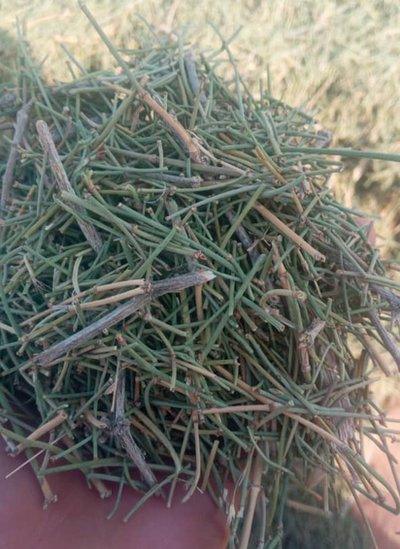
Commonly-found plant ephedra is being used to produce meth

The US has in the past carried out airstrikes on alleged drugs labs in Afghanistan, bombing 68 in a single day in May 2019. But the combination of civilian casualties and ease with which the makeshift factories can be rebuilt led the campaign to be abandoned.
The Taliban, however, do charge the drug traffickers a tax. The EMCDDA report estimates the Taliban could be earning in excess of $4m a year from Bakwa district alone, depending on the quantity of ephedrine and methamphetamine being produced. The group collects taxes on a wide variety of industries in the areas under its control, though they deny links to the drugs trade.
On the condition of anonymity, one Afghan smuggler told the BBC that taxes were levelled by the insurgents both on farmers harvesting the ephedra crop, and then again on anyone transporting the drug for sale. "There are Taliban checkpoints everywhere," he said, "so you can't hide it from them."
When asked why the Taliban, given their professed Islamic ideology, did not oppose the sale of the drug, the smuggler replied that the Taliban say, "we're in the middle of a war, so it's ok, but when the right time comes, we will ban it."
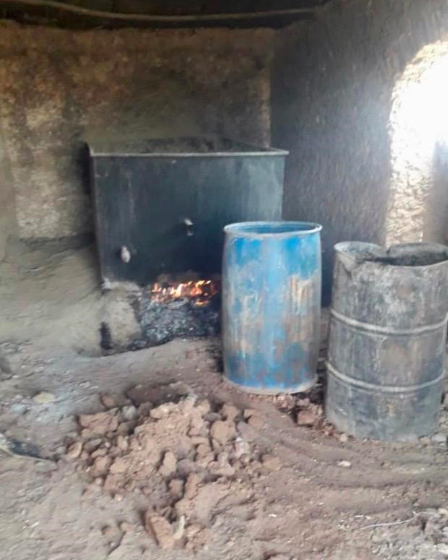
Around 300 suspected labs were found by researchers in Bakwa district alone

Some of the meth produced in Afghanistan is consumed inside the country, or across the border in Iran. But it seems it is also now being trafficked much further afield.
This year, hundreds of kilograms of the drug, worth tens of millions of dollars and suspected to originate from Afghanistan, have been found hidden onboard cargo boats during search operations by the Sri Lankan Navy, as well as by international forces patrolling the Arabian Sea. There are fears the methamphetamine could end up in Europe too, following an established heroin route from Pakistan and Iran and then through East Africa. Andrew Cunningham, another of the authors of the EMCDDA report, told the BBC that at the moment methamphetamine use in Europe is not "widespread" but added, "there is a good chance the crystal meth will carry on its journey up into Europe at some point."
Authorities in Australia have already noticed a rise in seizures of methamphetamine linked to Afghanistan and neighbouring Iran in recent years, including a huge quantity of the drug dissolved in crates of mineral water bottles, with a street value of more than $50m, that was discovered in April.
Afghanistan's child opium problem
Andrew Parkinson heads a team in the Australian Federal Police conducting forensic analysis of the intercepted drugs and told the BBC that the results show they were, "produced by the natural form of ephedrine, which indicates to us the starting product is the ephedra plant."
"That gives us ammunition to impact the organised crime groups that are producing this methamphetamine and shipping it to Australia," he said.
While Afghan meth may be exported worldwide, it's on the streets of Kabul that its impact is being felt first and foremost. Back by the bridge that has become a shelter for those addicted to the drug, one man tells us he's spent months searching for his younger brother, a meth user. "Our mother died from all the stress," he said.
With continuing instability in the country, the amount of methamphetamine produced, and number of lives ruined by it, looks like it will only increase. "Business has never been better," said one smuggler, with a laugh.
Additional reporting by Sami Yousafzai & Mahfouz Zubaide
- Published25 April 2019
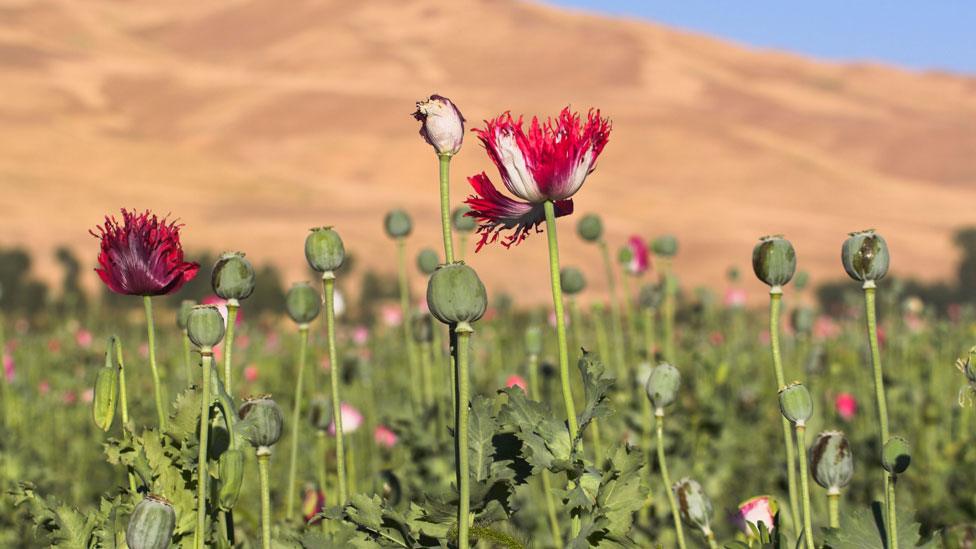
- Published15 November 2017
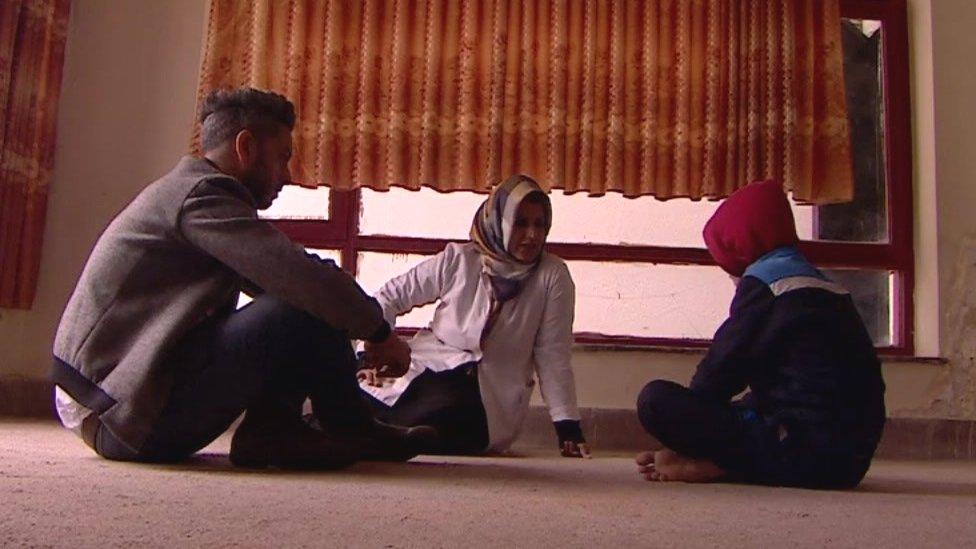
- Published11 March 2019
